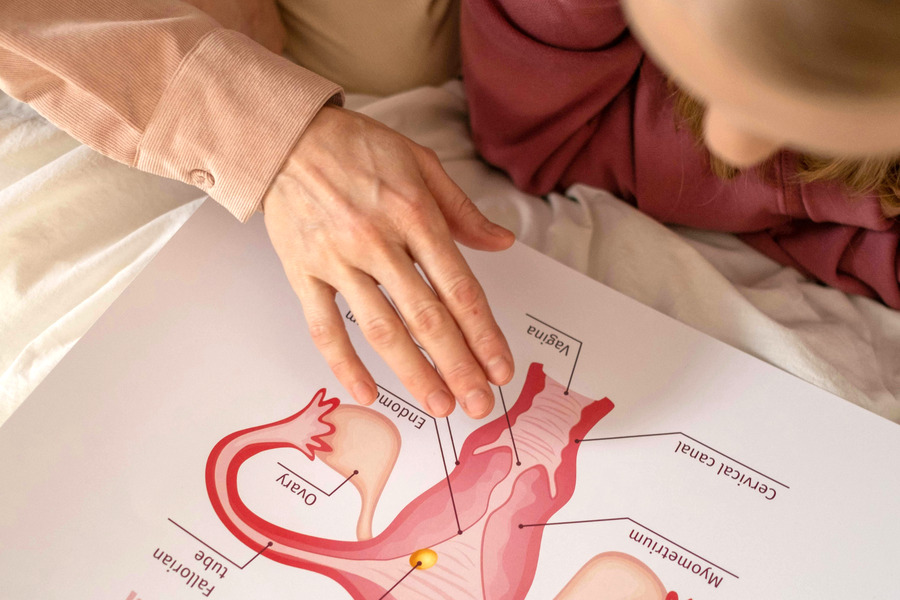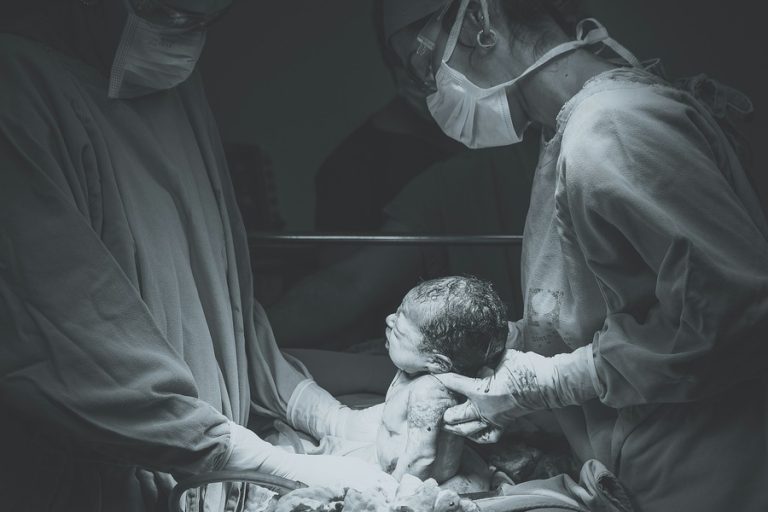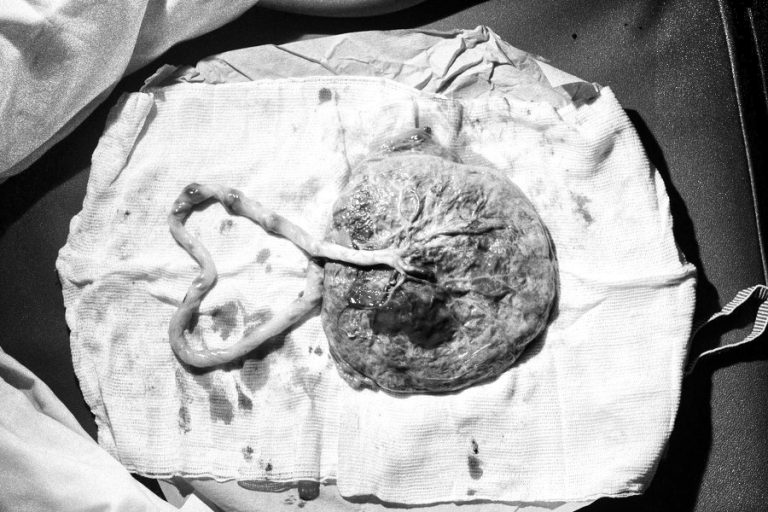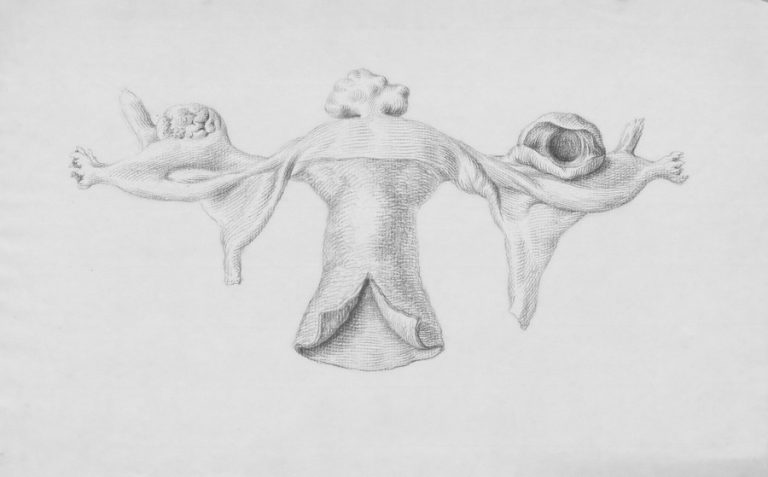Understanding Women’s Reproductive Organs: A Guide to Female Anatomy
Women’s reproductive organs are remarkable structures that not only make conception and pregnancy possible but also play a vital role in overall health. Learning about these organs helps women better understand their bodies, recognize changes, and make informed healthcare decisions.
The Female Reproductive System: An Overview
The reproductive system is divided into two parts:
External reproductive organs – located outside the body and involved in sexual function and protection.
Internal reproductive organs – located inside the pelvis and responsible for menstruation, fertility, pregnancy, and childbirth.
External Reproductive Organs
The external reproductive structures are collectively called the vulva, which includes:
Labia majora and labia minora – Folds of skin that protect the vaginal and urethral openings.
Clitoris – A highly sensitive organ that provides sexual pleasure.
Vaginal opening – The entrance to the vagina, also called the introitus.
Urethral opening – The small opening above the vagina where urine leaves the body.
Mons pubis – The soft mound of tissue above the pubic bone.
These organs serve protective functions and play key roles in sexual health.
Internal Reproductive Organs
The internal reproductive system is more complex and essential for menstruation, pregnancy, and childbirth.
1. Vagina
A muscular canal that connects the external genitals to the uterus. It:
Allows menstrual flow to leave the body.
Receives the penis during sexual intercourse.
Acts as the birth canal during childbirth.
2. Uterus
A hollow, pear-shaped organ where a fertilized egg implants and develops into a baby. The uterus has three main layers:
Endometrium – inner lining that thickens during the menstrual cycle.
Myometrium – muscular middle layer that contracts during labor.
Perimetrium – outer protective layer.
3. Fallopian Tubes
Narrow tubes that connect the ovaries to the uterus. They are the site of fertilization, where sperm meets egg.
4. Ovaries
Small, almond-shaped glands on either side of the uterus that:
Release eggs (ova) during ovulation.
Produce female hormones, including estrogen and progesterone, which regulate the menstrual cycle.
5. Cervix
The lower, narrow part of the uterus that opens into the vagina. It:
Produces mucus that changes throughout the menstrual cycle.
Dilates during labor to allow the baby to pass through.
Functions of the Reproductive Organs
Women’s reproductive organs work together in complex and coordinated ways:
Menstruation: The shedding of the uterine lining if fertilization does not occur.
Ovulation: The release of an egg from the ovary, usually once a month.
Fertilization: The joining of egg and sperm in the fallopian tube.
Pregnancy: Implantation of the fertilized egg in the uterus and development of the fetus.
Childbirth: The uterus contracts, and the cervix dilates, allowing delivery through the vagina.
Hormone production: Regulates menstrual cycles, fertility, and overall health (including bone, skin, and cardiovascular health).
Common Conditions Affecting Reproductive Organs
Several health conditions can affect the female reproductive system, including:
Polycystic ovary syndrome (PCOS)
Endometriosis
Uterine fibroids
Ovarian cysts
Cervical and ovarian cancers
Pelvic inflammatory disease (PID)
Regular check-ups and preventive care are essential for detecting and managing these conditions early.
Caring for Reproductive Health
Maintaining reproductive health involves:
Regular visits to a gynecologist for pelvic exams and Pap smears.
Practicing safe sex to prevent infections.
Eating a balanced diet and exercising regularly.
Monitoring menstrual cycles for unusual changes.
Getting recommended vaccines (such as HPV).
Final Thoughts
Women’s reproductive organs are central not only to fertility and pregnancy but also to overall well-being. By understanding how they function and taking proactive steps to protect reproductive health, women can feel more empowered and in control of their bodies.
Regular check-ups, preventive screenings, and awareness of changes are key to staying healthy at every stage of life.







